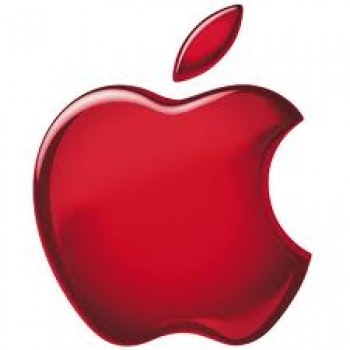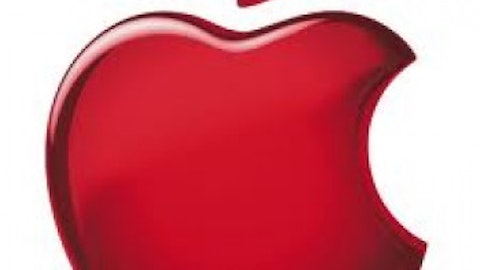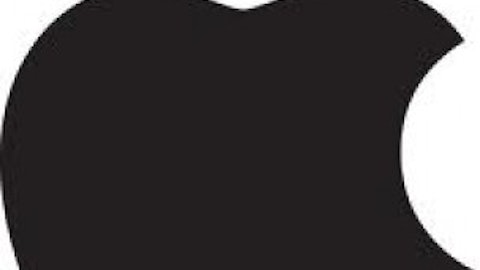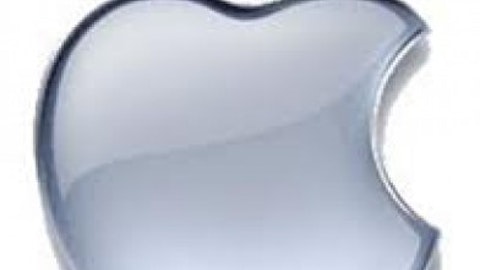Investors are eagerly awaiting the next big thing from Apple Inc. (NASDAQ:AAPL), especially now that Wall Street analysts are questioning the company’s ability to continue innovating and growing. From a new Apple TV to a smart watch, there are all kind of rumors and speculations, many of which have some real long term potential. But simple and less dramatic innovations, like a bigger iPhone, should not be dismissed.
A Booming Niche
Phablets are nothing else than big smartphones with a screen size somewhere between a regular smartphone and a small tablet. The most popular product in the category, the Galaxy Note 2 from Samsung, for example, has a 5.5 inch screen. These kinds of products are certainly not for everyone, and the Galaxy Note didn´t get much respect from the investing community when it was first launched. But it has been selling surprisingly well, and industry analysts have some very bullish forecasts for the category.
A recent story by Reuters recounts the success phablets are having in emerging markets, and it includes a quote from Neil Mawston, executive director of Strategy Analytics’ global wireless practice which is quite straightforward: “We expect 2013 to be the year of the phablet”
Barclays believes that the market for phablets will quadruple in value to $135 billion in three years. The bank estimates a compound annual growth rate of 65%-70% in the volume of these handsets from 2013 to 2015, driven by hardware upgrades in central processing units and displays, and pricing as low as US$200 to US$350 without subsidies.
These predictions may seem exaggerated considering that phablets are not as popular as smaller devices in the US. But the key thing to consider here is emerging markets demand: last year; the Asia Pacific region absorbed 42 percent of global shipments, a proportion that will expand steadily over the next few years to account for over 50 percent of shipments by 2017, according to ABI figures.
Phablets are not an easy choice, they don´t fit into pockets at all, and that´s a big drawback, especially for male users who don´t usually carry bags or purses. But for those who are used to carrying a phone and a tablet – or an e-reader – carrying a phablet instead seems like a smart solution.
Besides, high-end phablets are starting to include processors and storage capacity that put them on par with low-end laptops, so they can be a very convenient replacement for those who now carry both a smartphone and a laptop. Tablets outsold notebook computers in the US and China during 2012, and NPD DisplaySearch estimates that the trend will expand globally in 2013.
These products may be quite uncomfortable when it comes to phone calls, but that doesn´t seem to be a problem for many consumers either. After all, we spend most of the time in other activities like web surfing and social networks, so a bigger screen makes sense when it comes to prioritizing the most frequent uses for the device. According to The Telegraph:
The average smartphone owner spends more than two hours each day using the device. During that time, smartphone owners spend an average of 25 minutes using their phone to browse the web, 17 minutes on social networking, 13 minutes playing games and 16 minutes listening to music.
Making phone calls with the smartphone was only the fifth most popular use for the gadget, only slightly more time than they spend writing and checking email (11 minutes) and text messaging (10 minutes).





